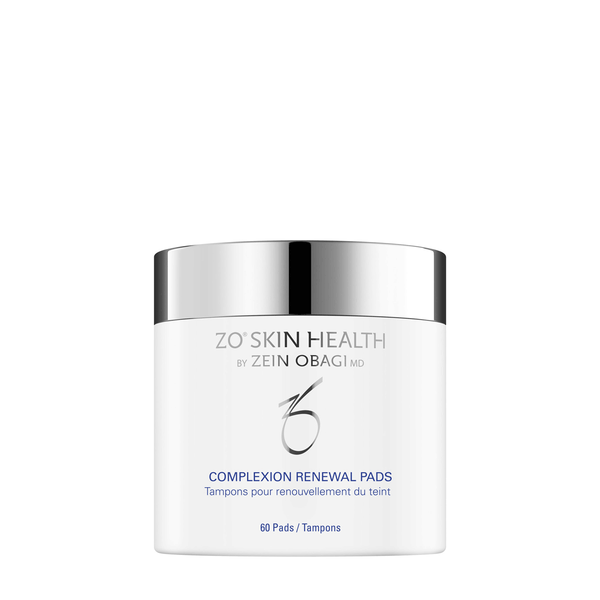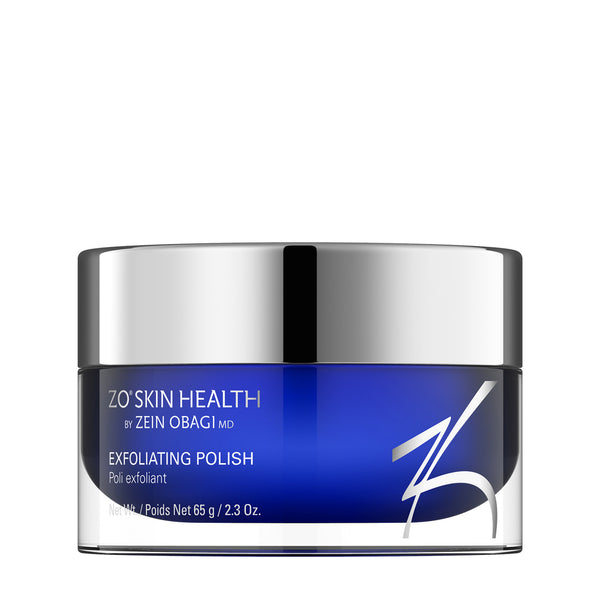
The Problem with Dairy
Cow’s milk has long been promoted as a “health food,” but when we look closer at how it is digested in the human body and how it is produced today, we find a very different story.
Casein: A Protein Too Large for Humans
The main protein in cow’s milk is casein. While casein is well-suited for calves, which double their body weight in just weeks, it is far too complex for the human digestive system. Our digestive enzymes struggle to break casein down fully, leaving behind undigested protein fragments. These can irritate the gut lining, contribute to inflammation, and even trigger immune reactions that show up as skin issues, sinus congestion, or digestive discomfort.
Digestion and Inflammation
Human breast milk is vastly different in composition from cow’s milk. It is lower in casein and easier for infants to digest. Cow’s milk, on the other hand, lingers in the human digestive tract. As the body struggles to process it, the immune system identifies it as a foreign substance and responds with inflammation—the body’s natural defence system. Chronic inflammation from foods like dairy is now linked to allergies, asthma, arthritis, eczema, and autoimmune conditions.
Hormones in Milk
Modern dairy cows are not the same as those of 50 years ago. To meet industrial demand, they are routinely injected with recombinant bovine growth hormone (rBGH), a synthetic hormone designed to increase milk production. Unfortunately, traces of this hormone remain in the milk humans drink.
Hormones like rBGH, combined with the cow’s natural growth hormones, have raised concerns about potential links to hormone-related cancers, early puberty, and endocrine disruption. Because there has been very little long-term research, the full effects of hormone residues in milk remain unknown—but the risks are concerning.
Antibiotics in the Food Chain
Industrial dairy cows are also regularly administered antibiotics. These drugs are intended to prevent infections like mastitis (an udder infection common in over-milked cows). But antibiotics don’t just disappear—they can remain in the milk and enter the human body, contributing to antibiotic resistance, one of the major public health threats of our time.
From Local Farms to Big Business
Fifty years ago, dairy looked very different. Milk often came from a single local farm, and it was consumed raw or minimally processed. Families knew their farmers, knew what the cows ate, and trusted the quality. Milk was delivered fresh, often on the same day it was collected.
Today, the dairy industry is a multi-billion-dollar enterprise. Milk is pooled together from countless cows and farms. These cows are bred to produce unnaturally high volumes of milk, often at the expense of their health. Many never graze on grass but are instead confined and fed a diet of grains, soy, and byproducts—foods that alter the nutritional profile of their milk.
Pasteurization and Homogenization
To create uniformity and shelf stability, modern milk is heavily processed:
- Pasteurization: Milk is heated at high temperatures to kill bacteria. While this prevents illness from harmful microbes, it also destroys beneficial bacteria and enzymes that naturally aid humans in digesting milk. For example, pasteurization kills lactase, the enzyme that breaks down lactose (a type of sugar found in milk). This is one reason so many people are lactose intolerant today.
- Homogenization: Milk is mechanically forced through tiny holes at high pressure to break down fat globules so they don’t separate. This process changes the structure of the fat, making it more difficult for the body to digest and potentially contributing to inflammation.
The result? A product that is far removed from the nourishing fresh milk of the past, stripped of many beneficial compounds and loaded with residues from industrial farming practices.
Health Consequences of Modern Dairy
The combination of difficult-to-digest proteins, hormone and antibiotic residues, and the loss of natural enzymes makes modern dairy a common trigger for health problems, including:
- Digestive issues: bloating, gas, constipation, diarrhea
- Skin conditions: acne, eczema, psoriasis
- Respiratory problems: sinus congestion, chronic colds, asthma
- Inflammatory conditions: arthritis, joint pain, autoimmune flare-ups
- Hormonal imbalances: irregular cycles, early puberty, prostate and breast health concerns
The Bigger Picture
The dairy industry markets milk as a necessary source of calcium and protein. But today we know that plant-based foods such as leafy greens, nuts, seeds, and legumes provide calcium in forms the body can absorb more easily—without the inflammatory baggage of dairy. Likewise, high-quality proteins can be found in fish, eggs, grass-fed meats, and plant foods like quinoa and hemp seeds.
In summary:
Cow’s milk was never designed for humans—it was designed for calves. The casein protein is too large for our systems, the hormones and antibiotics pose long-term risks, and modern processing methods strip away natural benefits while leaving behind a chemically altered product. For many people, dairy is not just unnecessary—it is a major source of inflammation, poor digestion, and chronic illness.
Chat soon,
Frances











Leave a comment